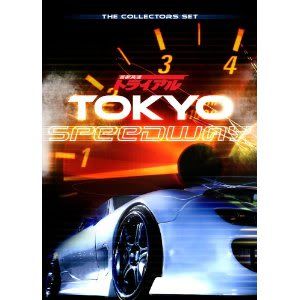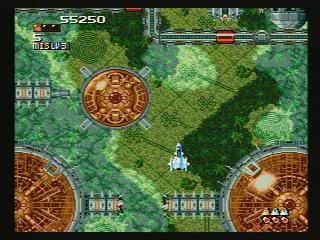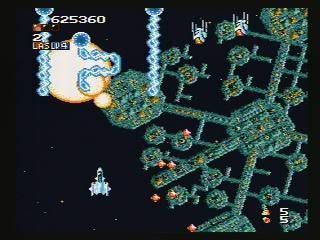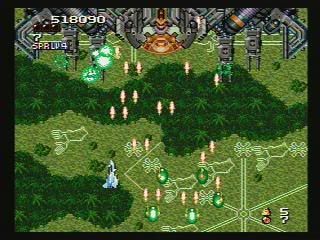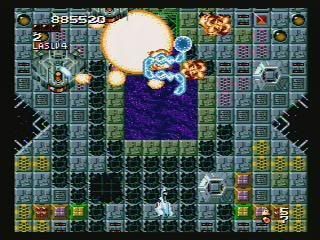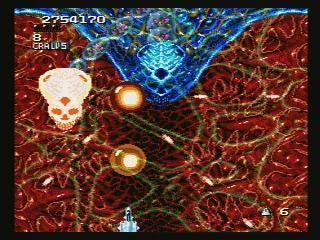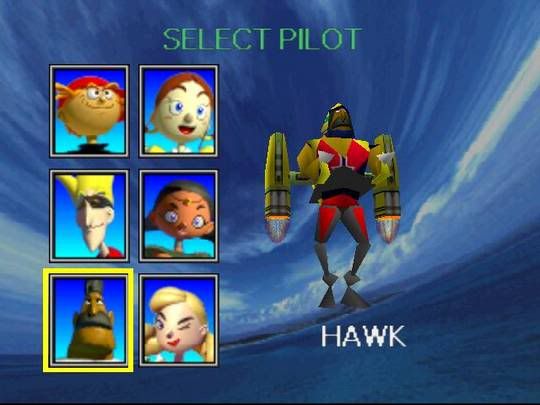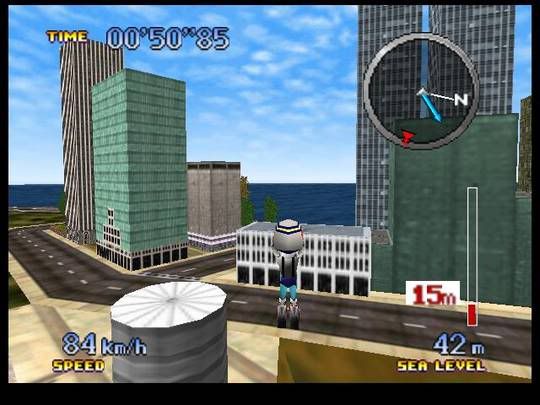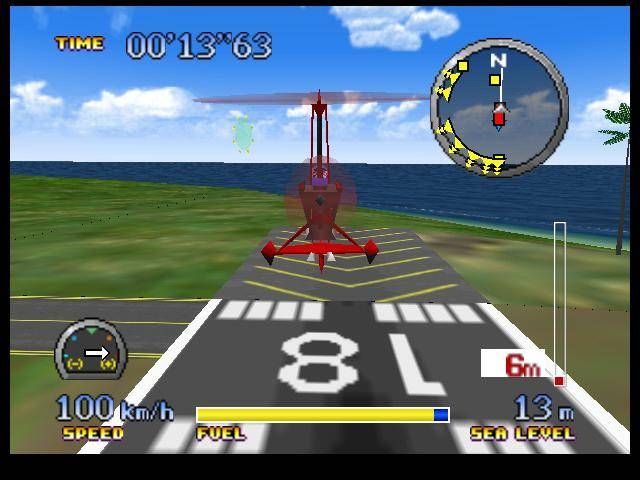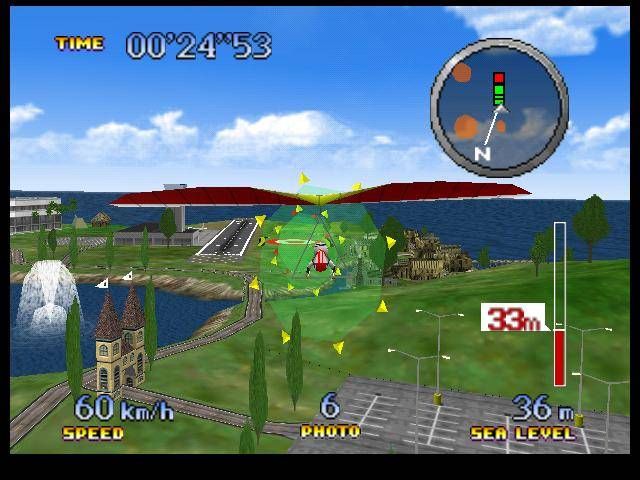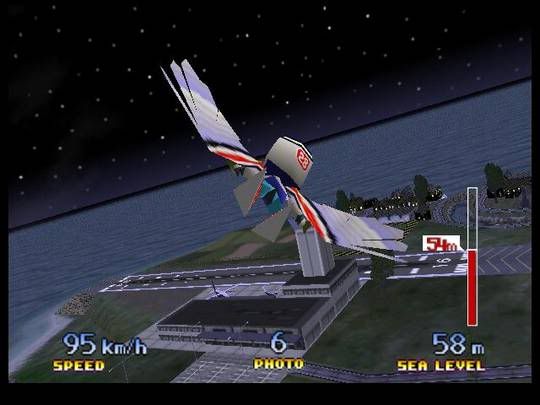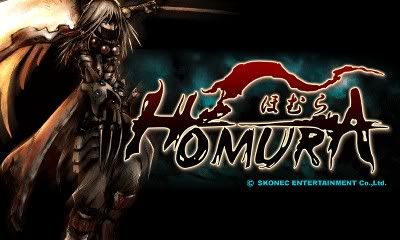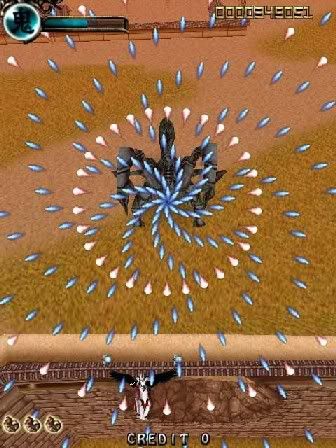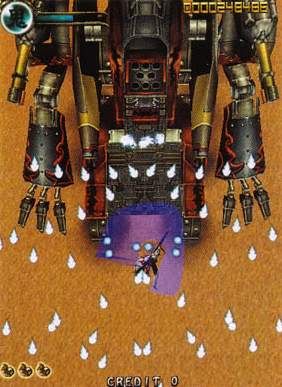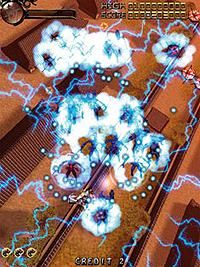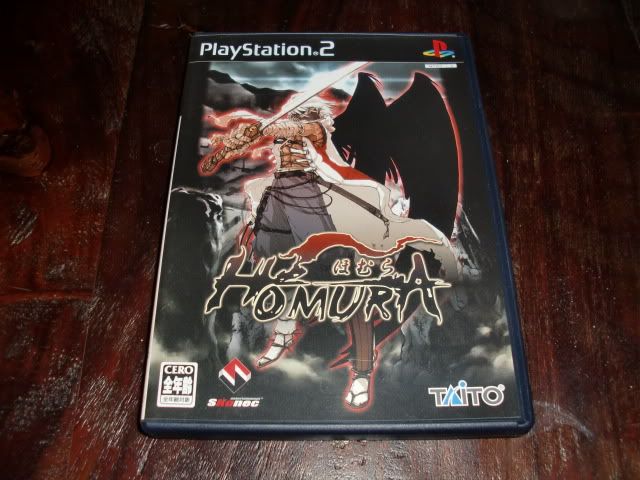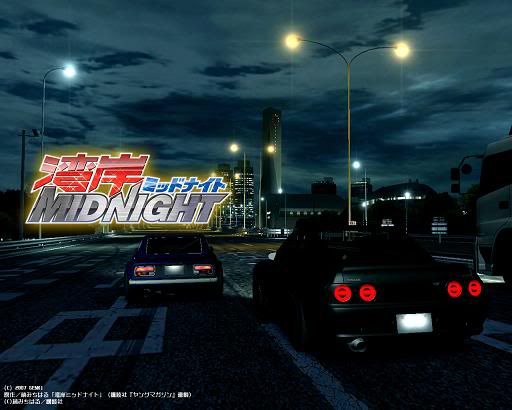
Game: Wangan Midnight 湾岸ミッドナイト
Developer: Genki
Publisher: Genki
Release Date: July 26, 2007
Genre: Racing
System: Playstation 3
Game's Site: http://www.genki.co.jp/games/wangan_ps3/
Years before there was Initial D, there was Wangan Midnight. If the Initial D manga was a Toyota Corolla, the Wangan Midnight manga would be a Porsche Turbo. Better, faster, more refined. But like a the cars I metaphorically compared them to, you'll find more people driving a Toyota Corolla than a Porsche. Initial D, which focuses on drifting, takes place on the touges of the Japanese countryside while Wangan Midnight, which focuses on highway battles, takes place on the expressways of Japan's largest metropolis.
Wangan, which means "bayshore", is also the name of a famous stretch of highway in the Tokyo metropolis area. Late at night when everybody has gone home, the Wangan expressway transforms into a battleground for Japan's fastest street racers. They all gather at various spots in Tokyo and Yokohama and call out their rivals. Tuning shops send out their best to see who has the best tuning methods, teams send out their fastest to see which team can reign supreme, and mysterious solo drivers are the lone wolves who can devour an entire team.
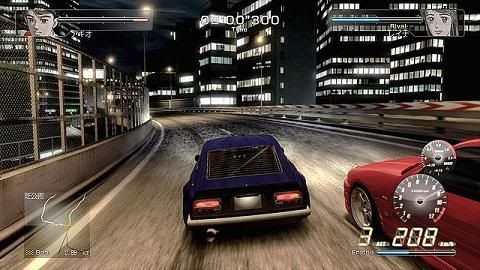
Genki has been synonymous with racing games in Japan. They are the developers of the long running Shutoko Battle series (Tokyo Xtreme Racer outside of Japan). The series was created by Bulletproof Software back in 1994, but Genki took the helm when the Dreamcast was released. Their Kaido Battle (Tokyo Xtreme Racer: Drift) series has been less than stellar, but they always produce solid mission-based arcade style racing games for home consoles.
The story is you are Akio Asakura, a high school failure who works two jobs whose only care in the world is racing on the expressways of Tokyo. His goal is to become the living legend of midnight racing. He is out racing one night with his friend when he comes across the legendary Blackbird. A black RUF-tuned Porsche 911 Turbo driven by Shima, a doctor, who owns the title of Wangan Emperor. He attempts to race the Blackbird but is met with a crushing defeat. After his defeat Akio becomes determined to beat the Blackbird by any means possible. Akio, who drives a Z31 Fairlady Z (1984-89 Nissan 300ZX) has always wanted an S30 Fairlady Z (1969 Datsun 240Z in the US). He hears a certain junkyard has exactly what he is looking for, so he goes to check it out. The car was about to be scrapped but Akio takes a liking to this car. He is told the car is possessed by the devil himself and should keep away from the Japanese Christine. He convinces the junkyard to sell him the blue Z. Upon buying the car, Akio finds out the previous owner, who has the same first and last name as Akio, died in the car in a horrible accident. People try to tell him the car is cursed and it would eventually kill him, but Akio either doesn't care or doesn't believe what he is told.

The late previous owner of the blue Z was a friend of the Blackbird's driver. One night Shima is driving the Blackbird on the expressways and encounters the blue Z. Thinking it's a ghost the Blackbird chases the Devil's Z and this is where the story mode begins. Akio befriends different opponents, mechanics, and women who all contribute to him becoming the new legend of the Wangan expressway. The story in the game doesn't follow the manga or the anime word-for-word, but they did the best they could and made a 'condensed' version.
In the story mode follows the manga, so if you're familiar with the story then you know what to expect. you can choose you who want to follow. The main characters are Akio and Shima. Akio pilots the S30 Nissan Fairlady Z aka "Akuma no Z" (The Devil's Z). Shima, the rich doctor, drives a Porsche Turbo (RUF 964). For legal reasons (blame EA) Genki could not use a Porsche in the game so it contacted a company named RUF who builds Porsches. RUF is a car company in its own right that uses Porsche chassis.

You start off by only being able to choose Akio or Shima, though it is recommended that you start with Akio's story. You can unlock different characters as you progress through the game. While Akio and Shima's story modes have 12 and 10 chapters respectively, the unlockable characters only have one chapter. The story is the same with all of the characters, but the perspective changes so that you can see the story unfold through their eyes. As you go through the story mode, you are given objectives for each race. Between each race are cutscenes that progress the story further. The story even progresses while mid-race as the do characters converse as a headshot appears on the left or right of the screen. This is supposed to give it the feel of reading a manga...while you're racing of course. So be on the alert if you want every juicy detail of the story.
At the end of each race you are given a grade. These grades are, best to last, S, A, B, C. I have never earned an "S" on Akio's story mode no matter how well I do. It may be impossible, that is what I keep telling myself anyway. Other people who I know play this game have said the same thing. Are we delusional or is Genki playing with us? Anyway, at the end of each chapter all of your grades are tallied and you earn a medal based on the results. Platinum, Gold, Silver, or Bronze. The better the medals, the better the cards you unlock.
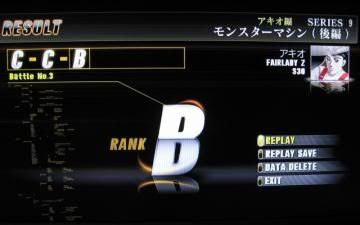
As you progress through the story mode (or other parts of the game) you earn cards. Each card represents modifications that can be done to your car. There are 4 slots available but you cannot have more than one card of the same category. The categories range from engine tuning, suspension, body modifications, and the like. This limits what you can do to your car. Depending on your performance in each chapter, you can earn different cards. The cards necessary to advance through the game will always be given to you and the rest are just bonus cars so you can customize your car to your liking. The card system takes away the potential of making your car an unstoppable beast, but that would also make the game inconsistent with the flow of the manga.
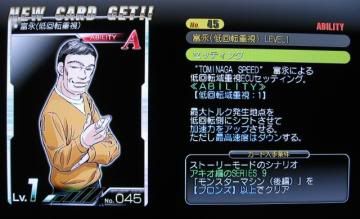
Card Get!
Other than the story mode there are other ways to race as well. If you aren't too keen on watching cutscenes and following the story (or if you completed the story mode), there is survival mode, Wangan Connection, time attack, and SP Battle, and Free Run mode. Survival mode is just how it sounds. You battle car after car until you beat them all or until you lose one race. It is very similar to Shutoko Battle (Tokyo Xtreme Racer) but instead of free roam, your opponents come one after another. Both of you have "health" bars which deplete if you crash into another car or wall, or if you are not the race leader. You race until one of you runs out of health. There are three different Survival difficulty levels, each with two different "tracks". The Wangan Connection mode is the online battle portion of the game. You can battle your friends or complete strangers in various modes and rules for online supremacy. There are leaderboards to prove to everyone that you are the top racer. In the SP Battle mode you can battle CPU opponents one by one. You can either have a ranking battle (finish first to win), a time attack battle (get the best time), or a front/last battle (just keep the lead within a given distance). Lastly there is a free run mode where you can drive freely around Tokyo's and Yokohama's expressways with no opponents. Other than racing, there is the Wangan Theater. Here you can earn unlockable character profiles and watch replays.
While you are racing, there is an engine meter on the bottom-right hand corner of the screen. This monitors how hard your engine is being pushed. If you push the car too hard, your engine will blow. This aspect of the racing scenario adds a sense of fragility to your car and hence increasing the challenge. It would be too easy if you could just go balls-out on the accelerator. The rate in which your engine meter maxes out depends on which car you are driving. While Akio's Z is very temperamental, newer more advanced cars last longer but with lower top speeds.
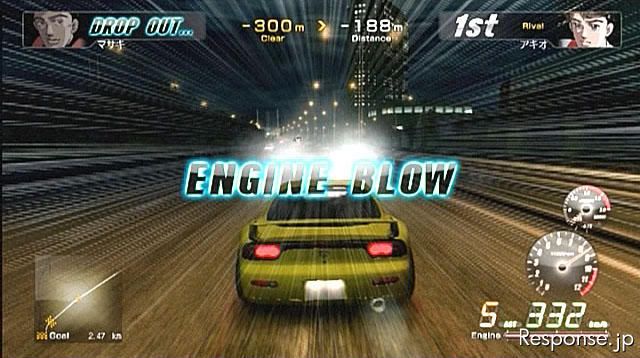
The game takes advantage of the PS3's pressure-sensitive buttons. If you hold the button down too hard, you will be at full throttle in which blowing your motor isn't too far off. Hold the button down too lightly and you'll cool the motor down but you'll also lose speed. The trick is finesse. Find the perfect balance of holding the button down so that you are gaining speed while your engine maintains a cool temperature. This is the strategy to winning the long distance races. This would be a lot easier on the PS3's R2 and L2 triggers, but I used the default "X" button. The game is also compatible with the GT Force, so perhaps that would be the best way to not blow your engine
From my personal experience in Japanese tuner culture, I can say that the game follows the feel of it. In Initial D, the characters and teams are the main focus, but in Wangan Midnight, the cars are characters all to themselves. It is very much this way in real life. Like in the manga and the game, people and the cars they drive are two different entities. If you are not into cars but have watched your fair share of sci-fi anime, then I can say the way anime characters refer to their spaceships or mechs is the same way real life hashiriyas refer to their cars. This game does not exaggerate this reality, it emulates it.
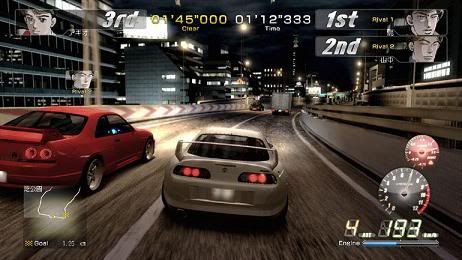
Praises:
The racing cutscenes are beautiful. They really made the cars the stars of the game. The blue Z looks aggressive. I always found myself watching the replays just to look at the cars in motion. The R32 GT-R is pure art in motion. Another great thing is the story can be viewed from multiple angles and you are not limited to seeing the story only through the main protagonist's eyes. Lastly, I am glad this game doesn't include any aspects of the overdone drifting fad. It's hard to find a current Japanese-developed (or even Western-developed) racing game without some kind of drifting. Drifting is great, but is is hardly racing. All you have in this game is pure racing on very realistic and true-to-map "courses".
I have personally driven (very fast on many occasions) on the same highways and bridges shown in this game (and Shutoko Battle) and I can say that Genki has done a fine job of capturing the realism of the actual expressways. The only thing unrealistic is the number of cars on the road at any given moment. It is a lot more than what you see in the game.
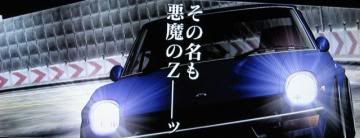
Grievances:
The story mode is very repetitious and boring and at most times, too easy. I am a fan of the manga, so it's not the story that is bad, it is the way it is presented. The horrible voice acting doesn't help matters much. It seems they got voice actors with no prior experience. In the Initial D Extreme Stage review I said the voice actors were overacting. In this game, it is opposite. It sounds like the guys just woke up, read their lines, and went back to sleep. Perhaps they should have gotten the voice actors from the anime.
The card system is also a hindrance. I don't know what Genki was trying to accomplish with this, but it is broken and pointless. There are other ways they could have limited tuning to stay consistent with the story, but after you've finished the story mode you should be allowed to tweak your car in any way you like. Unfortunately you are limited to just 4 slots for cards.
As mentioned before, the screen is too dark. You cannot adjust the brightness of the game and adjusting the brightness on your TV doesn't help. I played this on 2 different TVs with the same result. I found our later that this was a very big complaint among reviews in Japan. I agree with them. It is very difficult to see obstacles. You can turn on your high beams, but this requires you to hold the button down which is a big inconvenience.
No open battle mode. You can choose survival mode, but it's a far cry from the open battles from Genki's Shutoko Battle games. On the same note, there is no offline 2 player battles, which is also a bummer. Online multiplayer is a ghost town. Rightfully so since this game was released 4 years ago and it wasn't that popular even back then.
The music of the game is unbearably annoying. It's great they have the option of turning the music off during gameplay. The soundtrack is bad triphop meets wannabe Rob Zombie at a rave meets muzak. They should have used more music from the anime instead.
Last grievance: it is not the arcade version (Maximum Tune). For me, this was the biggest let-down of the game.

The Verdict: This game could have been so much better that it really is, so unfortunately we're given a game that is a 6 at best, and that is being generous.
Genki should have just made a proper Shutoko Battle game instead of trying to create a game based on the Wangan Midnight manga. It feels like they took Shutoko Battle, removed the meat of the game, and added filler. All you're left is a repetitive story mode with added extras that don't really complete the game. Genki should have at least made this based on Wangan Midnight; Maximum Tune which is a lot more fun. I am still waiting for a proper Shutoko Battle game for the current generation. Step on it, Genki.
Wangan Midnight as a franchise is not as big as Initial D, but does have a pretty strong following. I much prefer Wangan Midnight over Initial D, but I cannot say the same about the games. The Initial D offering on the PS3 is a better game as far as racing action, online accessibility, and challenge. But if you are a fan of Initial D and have have never heard of Wangan Midnight, you owe it to yourself to check out the manga, anime, movies (including a live-action movie released in 2009).
Some pics I took which you can use for comparison. I took these pics while cruising around in my oldR32 GT-R on the same Tokyo expressways in the game...looking for a match.

Running with an S14 on the C1

Approaching the Rainbow Bridge (featured route in the game)
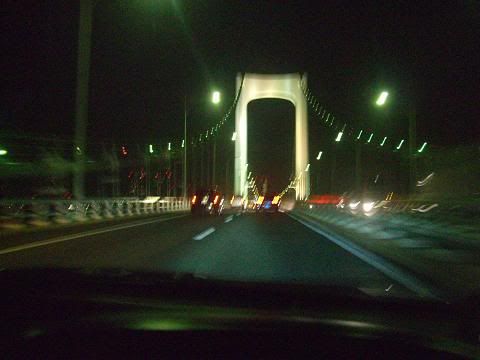
Shooting down the Rainbow Bridge
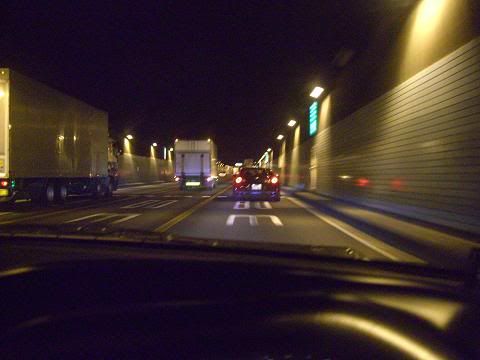
I could not keep up with this R35 GT-R.
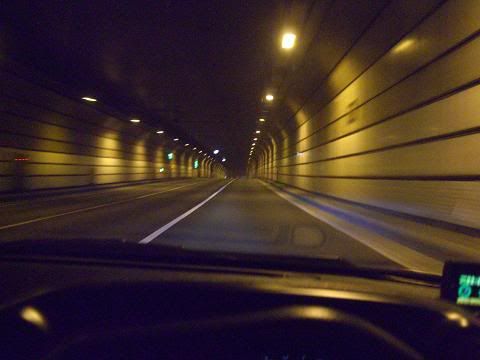
The tunnels go on forever...just watch out for speed cameras. That is a
speed camera detector on the lower right-hand corner.
No backups, pirates, or emulations. My Copy: (along with a random copy of the manga)
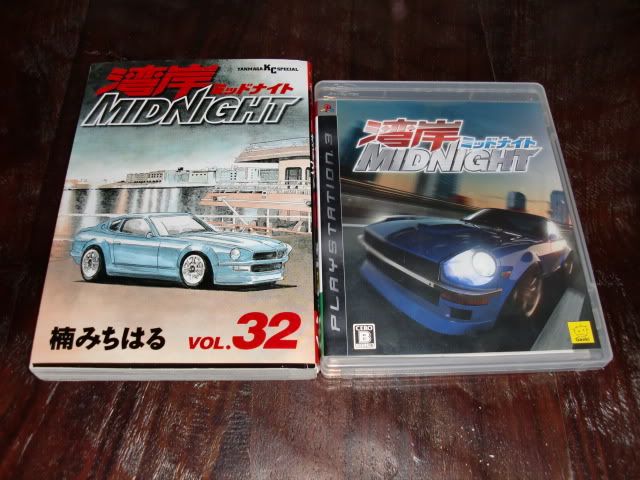
If you're a fan of this niche genre of racing, I suggest this DVD box set. It's called "Tokyo Speedway" (Shutoko Trial). It has nothing to do with Wangan Midnight, but it is a series of 6 movies. The 6th installment of the movie was never released in Japan due to legal reasons (read: illegally raced on highways without permission). The acting is bad, but at least there is a lot of racing action and the man himself, Keiichi Tsuchiya, makes an appearance in the series.
http://www.amazon.com/Tokyo-Speedway-Ar ... B000K4X5UI
